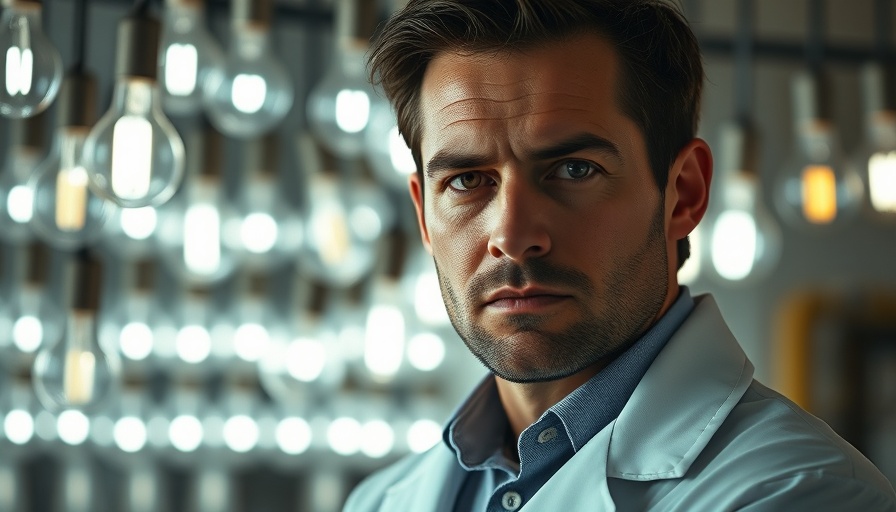
Illuminating Changes: The Future of Light Bulbs Under New Regulations
The recent announcement by the Department of Energy regarding new efficiency standards for light bulbs has raised eyebrows across the nation. By 2028, a significant shift will take place that will affect the way we illuminate our homes and workplaces. Not only will these regulations ban many incandescent and halogen bulbs, but they will also potentially impact our health, making it essential to understand the underlying implications.
In 'New Department of Energy Rule That Will Change Your Light Bulbs', the discussion dives into the evolving regulatory landscape for light bulbs, prompting an exploration of its health implications.
The Science Behind the Switch
Lighting has evolved from the natural light of the sun to the incandescent bulbs that have served us for over a century. Recent movements towards more energy-efficient LED bulbs come with advantages in energy savings, yet they also strip away valuable wavelengths, particularly infrared light, which has several health benefits. The crux of the matter revolves around the efficiency measured in lumens per watt – a metric that dictates how light output is evaluated.
An Unexpected Health Impact
Health experts are sounding alarms about the lack of infrared light in LED bulbs, which plays a role in promoting metabolic health and supporting circadian rhythms. The upcoming regulations could exacerbate a growing issue by leaving us exposed to excessive blue light without the balance of red or infrared light that promotes sleep and wellness. Glancing at research indicates a troubling correlation between artificial light sources and health disorders, including obesity and sleep disruption.
What Lies Ahead?
The transition to LED can have unintended consequences, as research suggests that we should be cautious with how efficiently we measure light. If current trends continue, consumers may find themselves at a loss for healthier lighting alternatives. Critically, these health and wellness concerns have not been adequately accounted for by the Department of Energy when formulating these new regulations.
This calls for a push toward creating a new classification for light bulbs that support wellness, dubbed "General Wellness lamps." Advocacy is essential as this legislation unfolds; staying informed and discussing these concerns with policymakers could lead to better outcomes.
For residents affected by these regulations, it would be beneficial to reach out to the Department of Energy or local congressional representatives. Public awareness is the first step toward advocating for better lighting solutions that prioritize our health alongside energy efficiency.
 Add Row
Add Row  Add
Add 




Write A Comment